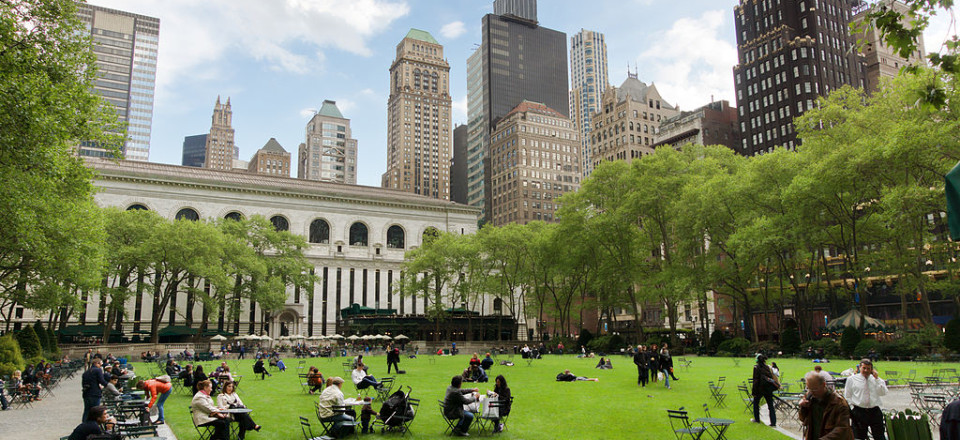✴︎ Available only with purchase from publisher
“This case study examines through the lens of governance structure the evolution of the Central Artery (or “Big Dig”) in Boston, a public works project of historic proportion, which had the potential to create a green oasis of parks in the heart of downtown. It tells the story of the struggle over who would eventually control and finance the maintenance of the Rose F. Kennedy Greenway, the name given to land created when an elevated highway was dismantled and the roadway rebuilt underground. Those who wanted control, but not necessarily financial responsibility, included the mayor of Boston, the governor, the legislature, and the Massachusetts Turnpike Authority (a quasi-governmental body). Issues of park design entangled with governance questions, leading to a stalemate of nearly 15 years. … Over the years of debate, various models of governance for the Greenway were discussed and dismissed. Some of them involved private sector partners; some did not. Students will have the opportunity to compare and contrast the proposed governance models, judging them on their merits as well as on their political suitability. They will gain insight into the differences in operations and public accountability among a public agency, a foundation, a conservancy, or a non-profit trust.”









